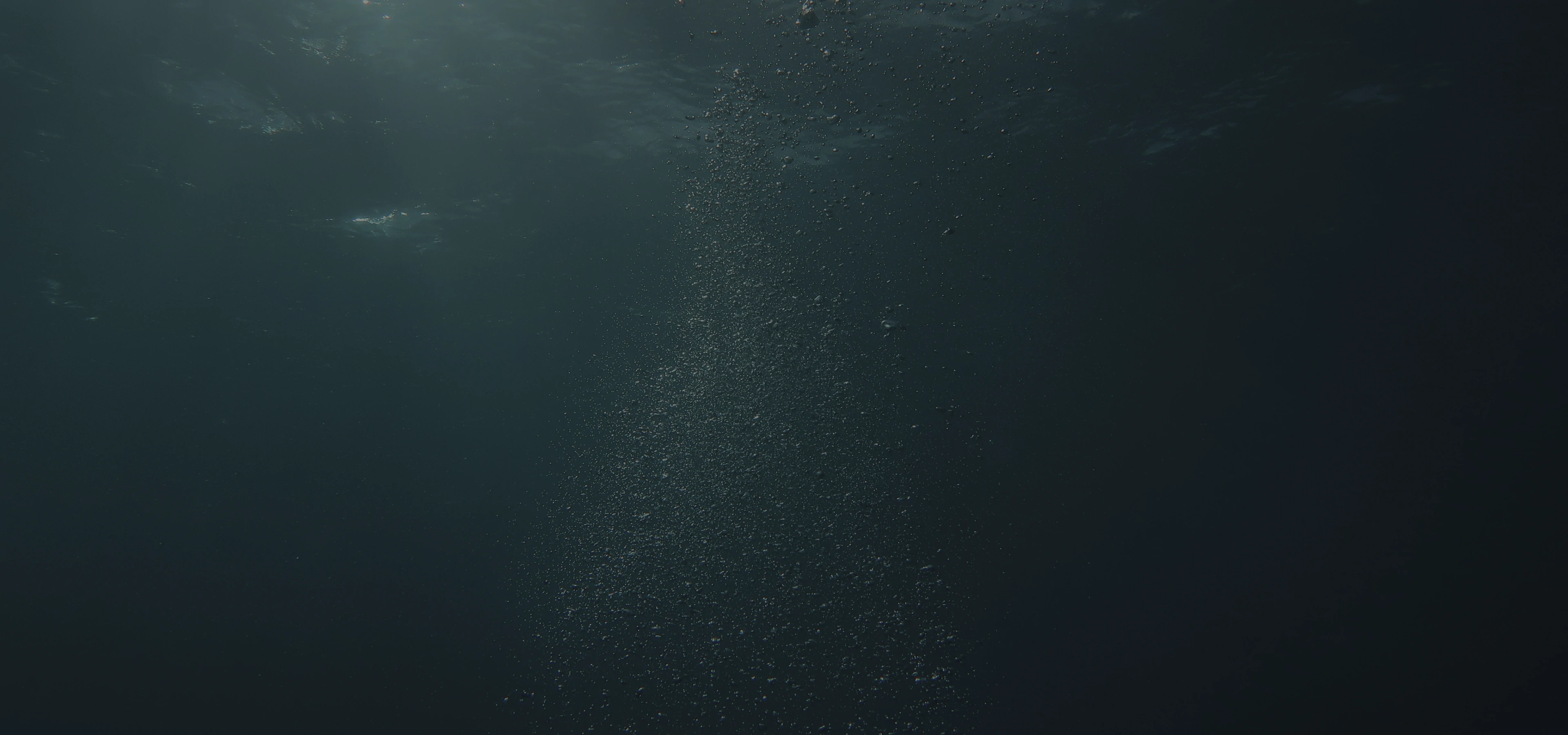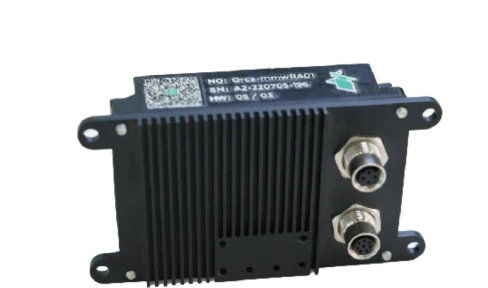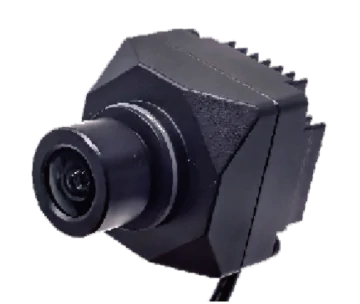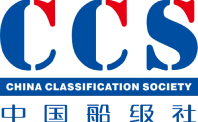
船舶智能驾驶系统
智舶系统 APAS
智舶系统(Advanced Pilot Assistance System,
APAS),通过欧卡智舶自主研发的水面自动驾驶控制器、场景感知传感器综合显示与交互系统,结合感知识别、自主定位、规划决策和自主控制算法,可为船舶实现先进感知、自主航行、自主避障和自主靠离泊等一系列高级辅助驾驶功能和全自主航行功能。
系统介绍
智舶系统 APAS
通过搭载智舶系统,可在不同场景和复杂水域环境下实现更加安全、高效、轻松的航行和作业,从而为航运、文旅、游艇、水面作业等应用领域提供智慧化解决方案,助力行业领域实现高水平变革发展。

A-无人艇自主航行系统
面向无人化应用的船艇,提供软硬件一体全套解决方案实现从远程遥控到全自主化运行的全链条能力。

B-高级辅助驾驶系统
面向游艇、公务船艇、应急救援船艇、作业船艇等行业应用,提升船艇航行中的安全性,减轻驾驶负担。

C-辅助驾驶系统
面向货运、作业等领域的中大型船舶,提供辅助驾驶系统,实现船舶更容易、轻松、安全的行驶。
标准方案
显示与交互终端

高性能激光雷达

水面自动驾驶域控制器

4D毫米波雷达

船用摄像头


高集成度
可直接部署应用
高性价比
核心软硬件全栈自研
深度协同优化
深度协同优化
高通用性
适配不同船型和动力系统
油动/电动
油动/电动
高可靠度
上千条舶艇应用
自主化运行里程>70万公里
自主化运行里程>70万公里
获得了全球首个中国船级社(CCS)无人艇感知和
自主航行系统产品型式认可证书
智舶系统
通过搭载智舶系统,可在不同场景和复杂水域环境下实现更加安全、高效、轻松的航行和作业,从而为航运、文旅、游艇、水面作业等应用领域提供智慧化解决方案,助力行业领域实现高水平变革发展。
















